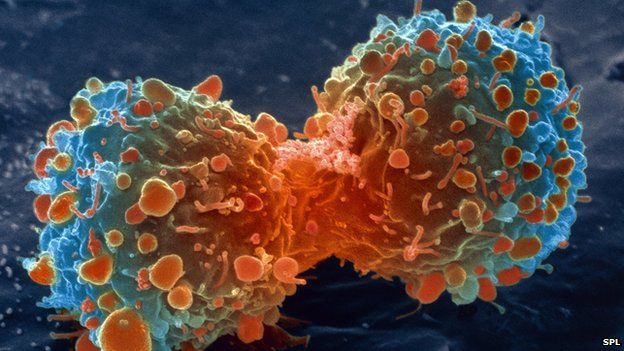According to the International Association of Fire & Rescue Services, there are more than 15 million firefighters protecting the inhabitants of 60 countries around the world. And while hazardous exposures from fires encountered by firefighters vary, potential risks include several known or suspected carcinogens. The results from a new study by the American Cancer Society (ACS) analyzing the link between being a firefighter and cancer risk and mortality show that being a firefighter increased the mortality risk for most cancers, especially for skin and kidney cancers. Increased mortality risk for prostate, colorectal, and lung cancers was also observed after more years working as a firefighter. Continued efforts to protect firefighters and increase access to cancer screenings, and research on how to prevent cancer and intervene early, are a necessity, concluded the study authors. The study by Teras et al is published in the International Journal of Epidemiology.
Study Methodology
The researchers used data from more than 470,000 male firefighters enrolled in the American Cancer Society Cancer Prevention Study-II cohort to assess associations between occupation as a firefighter and cancer mortality. Multivariable hazard ratios (HRs) and 95% confidence intervals (CIs) were used to compare survival time among firefighters to that of other male participants in the study.
Data were obtained from surveys taken by cancer-free individuals with 36 years of mortality follow-up (from 1982 to 2018). Occupations were categorized according to 1980 Census Bureau groups, and cancer deaths according to the International Classification of Disease.
Results
- Being a firefighter is associated with increased risk of mortality from skin and kidney cancers.
- Increased mortality risk for prostate, colorectal, and lung cancers was also observed after more years working as a firefighter.
- Research on the efficacy of novel screening tools in this population and how to prevent cancer and intervene early is needed.
The researchers found that occupation as a firefighter compared with career professionals, defined as those who reported only executive, managerial, or professional specialty occupations, was associated with most cancers, but strongest for skin (HR = 1.72, 95% CI = 1.14–2.60) and kidney (HR = 1.39, 95% CI = 0.92–2.09) cancer mortality. Suggestive increases in prostate and colorectal cancer mortality were observed with more years as a firefighter, and an association with lung cancer was only apparent after 3 decades of follow-up.
Most associations attenuated with control for confounders and changes in referent group to include all nonfirefighter occupations, but associations with skin and kidney cancers persisted.
“These results support additional associations for occupation as a firefighter and cancer mortality beyond those reported in the most recent International Agency for Research on Cancer evaluation,” concluded the study authors.
Understanding the Long-Term Cancer Risks of Firefighting
“Although this isn’t favorable news, this study shines a spotlight on the long-term risks firefighters face beyond the immediate dangers of fighting a fire,” said Lauren R. Teras, PhD, Senior Scientific Director for the American Cancer Society and lead author of this study, in a statement. “Continued efforts to safeguard the health of firefighters by increasing access to cancer screening, early detection, and prevention are paramount. This population plays a crucial role in our communities as first responders and protectors of life and property.”
Disclosure: Conflict of interest disclosures of all study authors may be found at academic.oup.com/ije.
